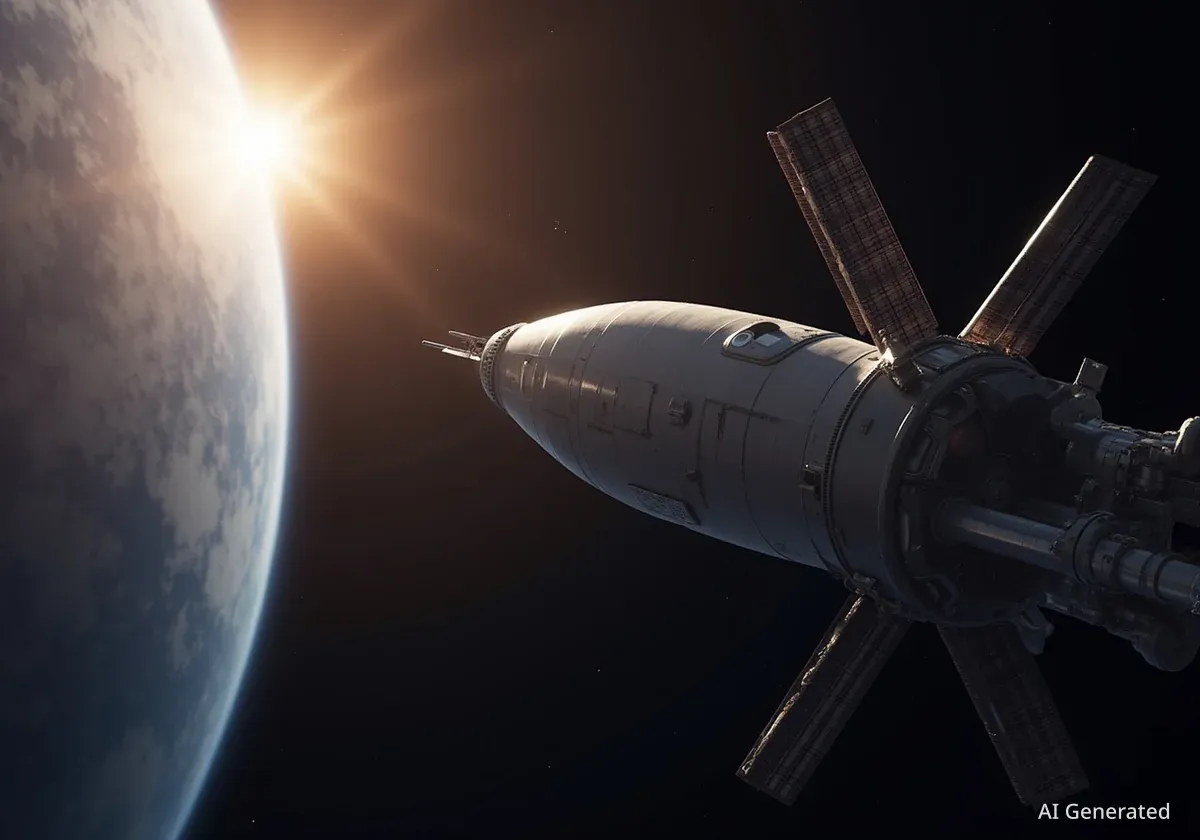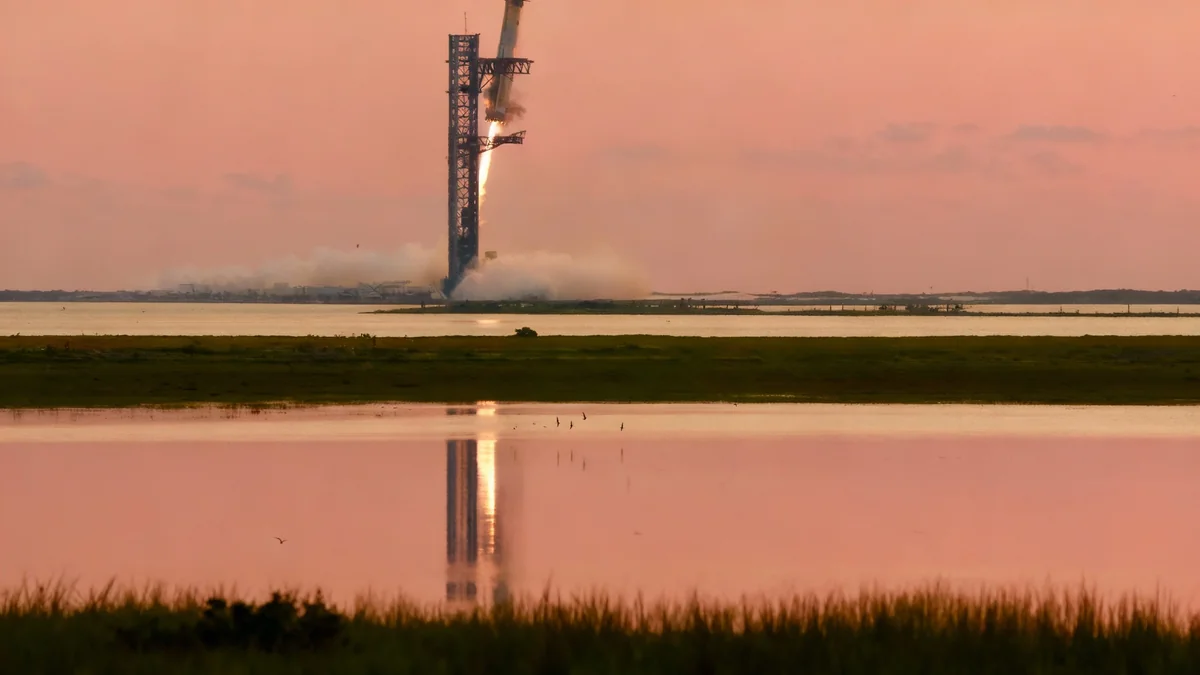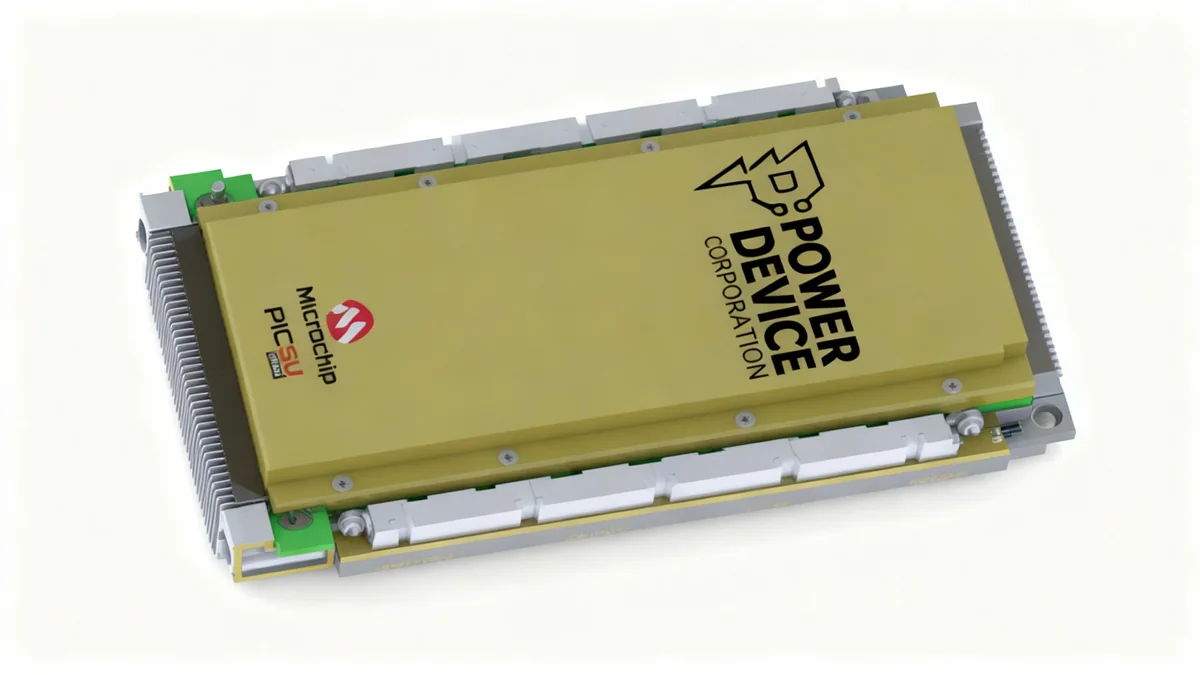Northrop Grumman has successfully demonstrated autonomous rendezvous and docking operations for its Cygnus spacecraft. These tests involved simulated maneuvers with the Starlab commercial space station. This development is a key step in expanding cargo delivery capabilities to low Earth orbit.
Key Takeaways
- Northrop Grumman tested autonomous docking for its Cygnus spacecraft.
- The tests involved the Starlab commercial space station.
- This effort aims to enhance cargo delivery to low Earth orbit.
- The technology builds on a 2023 agreement for commercial space logistics.
- Future missions will benefit from this autonomous capability.
Autonomous Operations for Space Logistics
The recent demonstration by Northrop Grumman focused on the ability of its Cygnus spacecraft to perform autonomous rendezvous and docking. This means the spacecraft can approach and connect with another space vehicle without direct human control. The tests were carried out in a controlled environment designed to mimic real-world space conditions.
The company confirmed these operations were conducted in its specialized Rendezvous, Proximity Operations and Docking Lab. During the tests, the Cygnus spacecraft practiced various approach maneuvers. These maneuvers simulated the precise movements needed to dock with Starlab's designated port.
Fact: Cygnus Spacecraft
- Purpose: Designed for cargo delivery to the International Space Station (ISS) and other orbital platforms.
- Capacity: Can carry up to 3,750 kilograms (approximately 8,267 pounds) of supplies.
- Missions: Has completed over 20 resupply missions to the ISS since 2013.
Collaboration with Voyager Technologies
This autonomous docking demonstration is part of a broader collaboration. Northrop Grumman worked with Voyager Technologies on this project. The goal is to adapt the Cygnus spacecraft for a wider range of docking and cargo delivery missions. These missions will support various commercial space stations operating in low Earth orbit.
The ongoing work is crucial for developing robust logistics infrastructure in space. As more commercial space stations become operational, the need for reliable and efficient resupply options will increase. Autonomous docking reduces the complexity and risk associated with manual operations.
"This effort builds on a 2023 agreement to evolve Cygnus for commercial customers and expand logistics support in low Earth orbit," a Northrop Grumman statement confirmed.
Expanding Commercial Space Capabilities
The 2023 agreement laid the groundwork for these advancements. It outlined plans to modify the Cygnus spacecraft to serve a broader commercial market. This includes not just Starlab, but potentially other future private space platforms. The ability to autonomously dock is a key upgrade in this evolution.
Commercial space stations, like Starlab, represent a new era in space exploration and research. These stations will require regular deliveries of equipment, experiments, and supplies. Northrop Grumman's enhanced Cygnus capabilities aim to meet this demand efficiently.
Understanding Low Earth Orbit (LEO)
Low Earth Orbit (LEO) is an orbit around Earth with an altitude between 160 kilometers (99 miles) and 2,000 kilometers (1,200 miles). Most human spaceflight and many satellites, including the International Space Station and future commercial stations like Starlab, operate in LEO. Its proximity to Earth makes it accessible for resupply missions and easier for observation.
Starlab: A Future Commercial Space Station
Starlab is envisioned as a continuously crewed free-flying commercial space station. It is being developed by Voyager Space and Airbus. This station will provide a platform for scientific research, manufacturing, and other commercial activities in space. Northrop Grumman's role in providing logistics is vital for Starlab's long-term operations.
The successful autonomous docking tests show progress in developing the necessary infrastructure for these new space habitats. Reliable transportation of cargo is fundamental to the viability of commercial space stations.
Impact on Future Space Exploration
Northrop Grumman stated that this docking capability is not only for commercial stations. It also lays the groundwork for future space exploration missions. The experience gained from autonomous operations in low Earth orbit can be applied to more complex missions further into space.
For example, autonomous docking technology could be critical for missions to the Moon or Mars. These missions might involve assembling large structures in orbit or resupplying distant outposts. The ability to operate without constant human intervention increases mission safety and efficiency.
Statistics on Space Logistics
- Market Growth: The global space logistics market is projected to grow significantly, reaching an estimated $12 billion by 2030.
- Demand Drivers: Growth is fueled by increasing numbers of satellites, commercial space stations, and lunar missions.
- Key Technologies: Autonomous rendezvous and docking are considered critical technologies for this market expansion.
Technological Advancement and Reliability
The development of autonomous docking systems involves advanced guidance, navigation, and control (GNC) technologies. These systems use sensors, cameras, and sophisticated algorithms to precisely guide a spacecraft to its target port.
Ensuring the reliability of these systems is paramount. Any error during docking could lead to damage to the spacecraft or the station. Extensive testing, like the recent demonstration, helps refine these systems and improve their safety record.
Northrop Grumman's investment in this technology highlights the industry's shift towards more automated and efficient space operations. This trend is expected to continue as space activities become more frequent and diverse.
Looking Ahead
The successful test of autonomous docking capabilities brings the Starlab commercial space station closer to its operational goals. It also positions Northrop Grumman as a key provider of essential logistics services for the burgeoning low Earth orbit economy.
As the commercial space sector expands, technologies like autonomous docking will become standard. They will enable more ambitious missions and sustain a permanent human presence beyond Earth. This marks a significant step forward for both commercial space and broader exploration efforts.
The company continues to work on evolving its Cygnus spacecraft. These developments aim to meet the growing demands for space transportation and resupply in the coming years. The future of space logistics looks increasingly automated and integrated.





